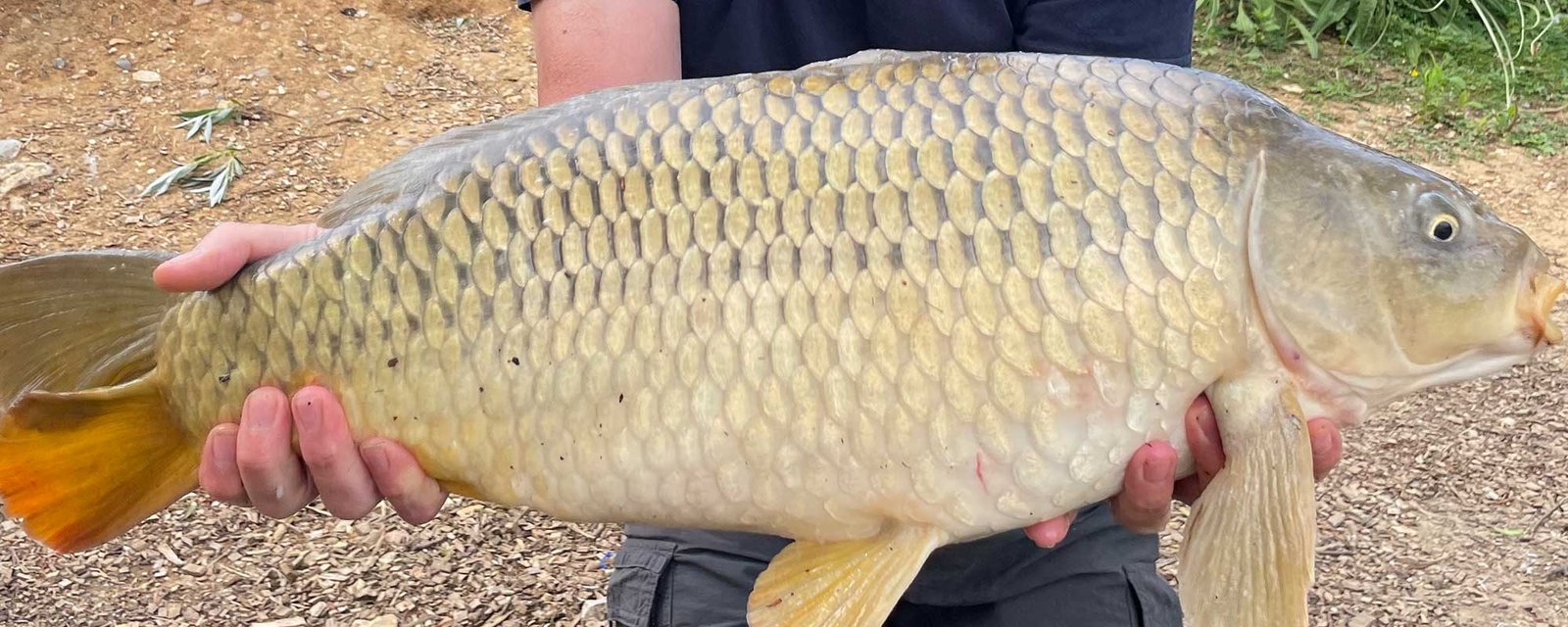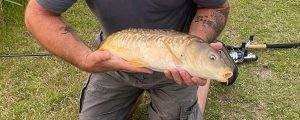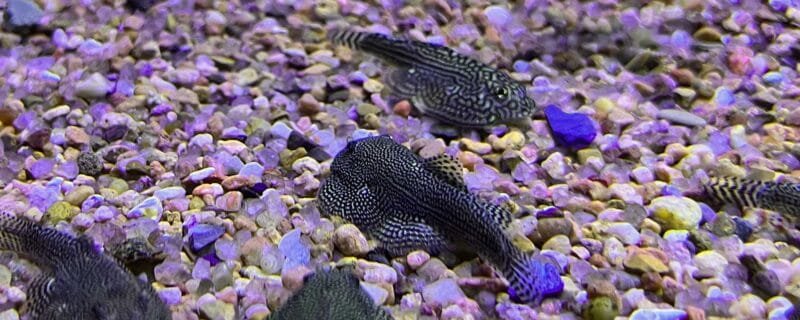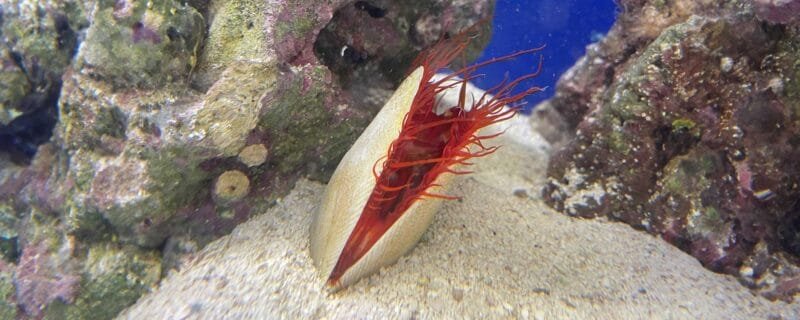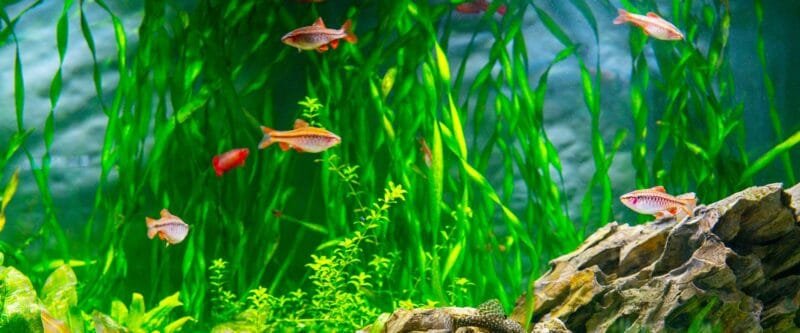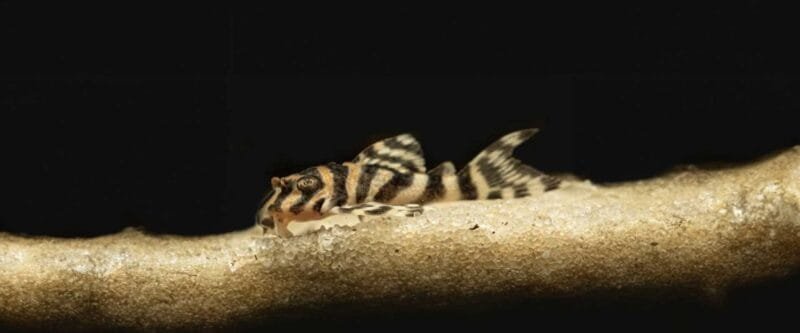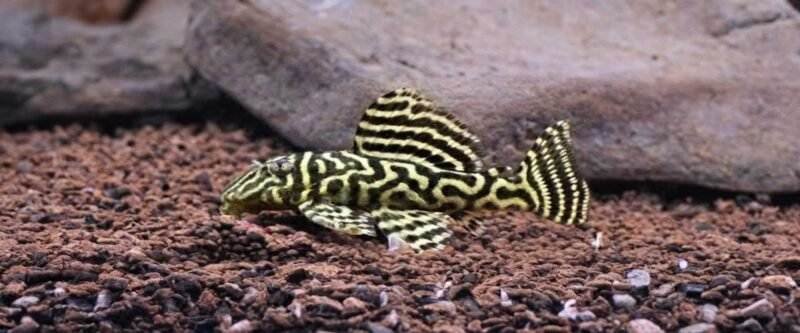The Common Carp: An Aquatic Icon (Cyprinus carpio)
The Common Carp, scientifically known as Cyprinus carpio, stands as one of the most iconic and widely distributed freshwater fish species across the globe. With a storied history, a diverse range of characteristics, and a significant impact on aquatic ecosystems, the Common Carp is a species deserving of attention and appreciation. In this comprehensive blog post, we’ll dive into the features, natural habitat, suitability for community tanks, biodiversity, dietary preferences, alternative names, and tips for sexing male and female Common Carp.
Characteristics and Size
The Common Carp is celebrated for its distinctive features, including:
- An elongated and robust body with typical colors ranging from bronze to olive-green.
- Scales covering its body, often displaying a variety of colors and patterns.
- A size that can vary widely but typically ranges from 12 to 24 inches (30 to 60 centimeters) in length.
These characteristics have made the Common Carp an easily recognizable and adaptable species.
Habitat and Native Range
Common Carps are native to regions across Eurasia, with historical records indicating their presence in areas of Eastern Europe and Asia. They inhabit various freshwater environments, including rivers, lakes, ponds, and slow-moving streams. Within these habitats, they often seek shelter among submerged structures, aquatic vegetation, and natural debris.
Suitability for Community Tanks
While Common Carps are frequently found in large outdoor ponds or aquaculture setups, they are not typically recommended for community aquariums due to their size and feeding habits. Their size can quickly become problematic in smaller tanks, and their foraging behavior may disturb the tank’s substrate and plantings.
Biodiversity: How Many Types Are There?
The Common Carp (Cyprinus carpio) is a widely recognized species with various color morphs and regional variations. While there is no official classification of distinct types or subspecies, these variations in coloration and patterns have contributed to their adaptability to various environments.
Diet and Feeding Habits
Common Carps are omnivorous and have a versatile diet that includes:
- High-quality carp pellets and flakes.
- Live or frozen foods such as bloodworms, brine shrimp, and daphnia.
- A variety of vegetable matter, including blanched zucchini, cucumber, and spinach.
Their adaptable feeding habits contribute to their resilience and ability to thrive in various aquatic environments.
Alternative Names
In addition to Common Carp, this species may be known by alternative names such as:
- European Carp.
- Mirror Carp (referring to specific scale patterns).
- Koi (when selectively bred for ornamental purposes).
How to Differentiate Male and Female Common Carps
Sexing Common Carps can be challenging, as they do not exhibit pronounced sexual dimorphism. However, there are some general indicators:
- During the breeding season, females may appear plumper, especially when carrying eggs.
- Males may develop small, hard spines on their pectoral fins, which can be used for territorial displays and can be felt when touched.
Conclusion
In conclusion, the Common Carp (Cyprinus carpio) is an iconic and versatile freshwater fish species with a rich history and widespread distribution. While it may not be a common choice for community aquariums, its presence in the natural world and its impact on aquatic ecosystems make it a species worthy of recognition and study.
Photo Credit: Richard Morey

